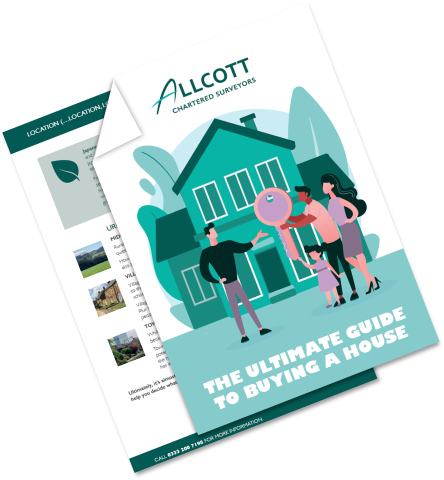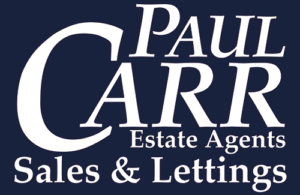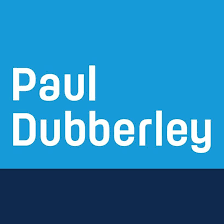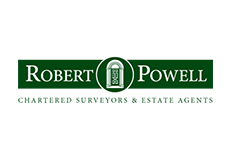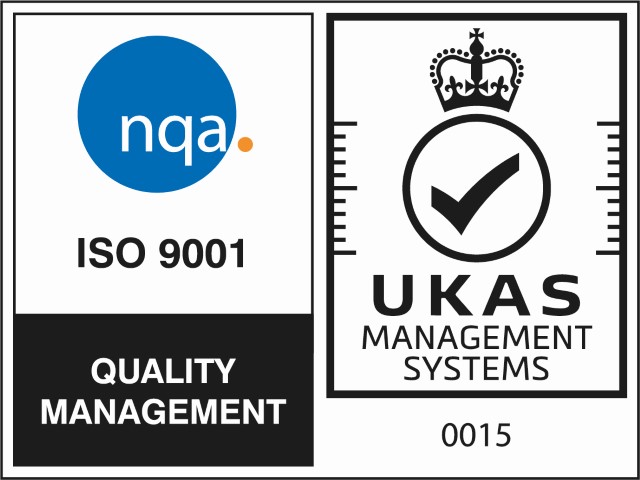If you have been charmed by an older, character home, there is a chance that it will be Listed.
What ‘listed’ means
“Listed” means that the property is registered on the National Heritage List for England. This means that it has special historic significance, and means that there are legal controls over altering, extending or demolishing it.
What ‘listed’ doesn’t mean
Listing is not intended to prevent any changes to a property. Planning authorities understand that properties need to be adapted to make them suitable for modern use, and many alterations will be permitted. You will just need to make sure you get official permission for any permanent changes to the property.
***You can find out if your property is listed by searching the list on Historic England. Your conveyancer should also do these checks if you proceed with buying the property.***.
Which Homes are Listed?
Old houses are more likely to be listed than modern homes; for example, all buildings from 1700 or earlier that still have some original features are listed, as are most buildings that date from 1840 or earlier. Houses built in the late 19th century or in the 20th century can also be listed if they are of special architectural interest.
Buildings can be listed as either Grade I, II* or II. Grade I or II* properties are rare; most listed buildings, and almost all listed houses, are grade II.
Listing usually covers the entire property, including the inside, outside and any structures that are within the boundary of the plot.
Things to Consider
Don’t let a listing put you off your dream home – while a listed building might not be for you if you have grand designs to knock down multiple walls and completely change the space, you can still make reasonable changes. Even if your initial plans aren’t approved, most conservation officers will work with you to find a solution that works for you whilst preserving the historic character of the building.
***Owning a listed building can often be considered an advantage. It means that you are living in a unique property that is part of history. Your house certainly won’t be short of interesting and characterful features that each tell a story; these can range from beautiful fireplaces to ornate brickwork and even priest holes.***.
It’s also worth remembering that listed buildings tend to hold their value and even go up in value faster than nearby, non-historic properties.
As with non-listed older properties, understanding the budget needed to maintain a listed home is critical. Energy efficiency is likely to be below average, so you are likely to need to budget for higher-than-average heating bills. Similarly, repairs and maintenance will be required due to the age of the building; there are also likely to be restrictions on the materials that can be used, both because of the age of the building and because of listed building alteration restrictions, that can add to the costs.
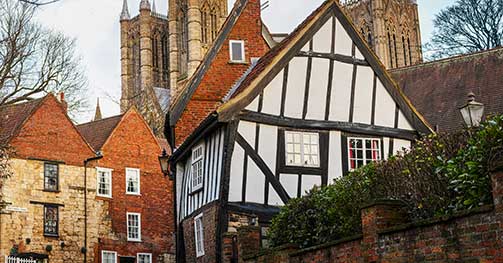
When You Buy a Listed Home
If you decide to go ahead with a purchase of an older property, listed or not, guidelines recommend an RICS Level 3 survey – these are the most thorough type of survey and have the scope needed to consider historic and unusual features.
You should also check that your surveyor has experience with period properties – the construction methods and materials suitable for a historic building are different from those that are used in modern houses, and you need a surveyor who will make appropriate recommendations and cost up repairs and maintenance accurately. Your surveyor will also be able to tell you if they think that any alterations have been made to the property, and can advise you on the feasibility of any alterations you might have planned, and any likely pitfalls.
Similarly, make sure you use a conveyancer with experience in listed and heritage homes. Your legal advisor will check the listing, and whether listed building consents were obtained for any works that have been done since the house was listed. This is important, because as the new owner, you will inherit the legal responsibility for any unauthorised alterations that have been made, and you can be made to remove the works or update them, at your cost.
An experienced conveyancer will also check whether any restrictive covenants apply to the property, and can advise on whether they are enforceable. They will also check for chancel liabilities, i.e. obligations for homeowners to financially contribute to the local church.

